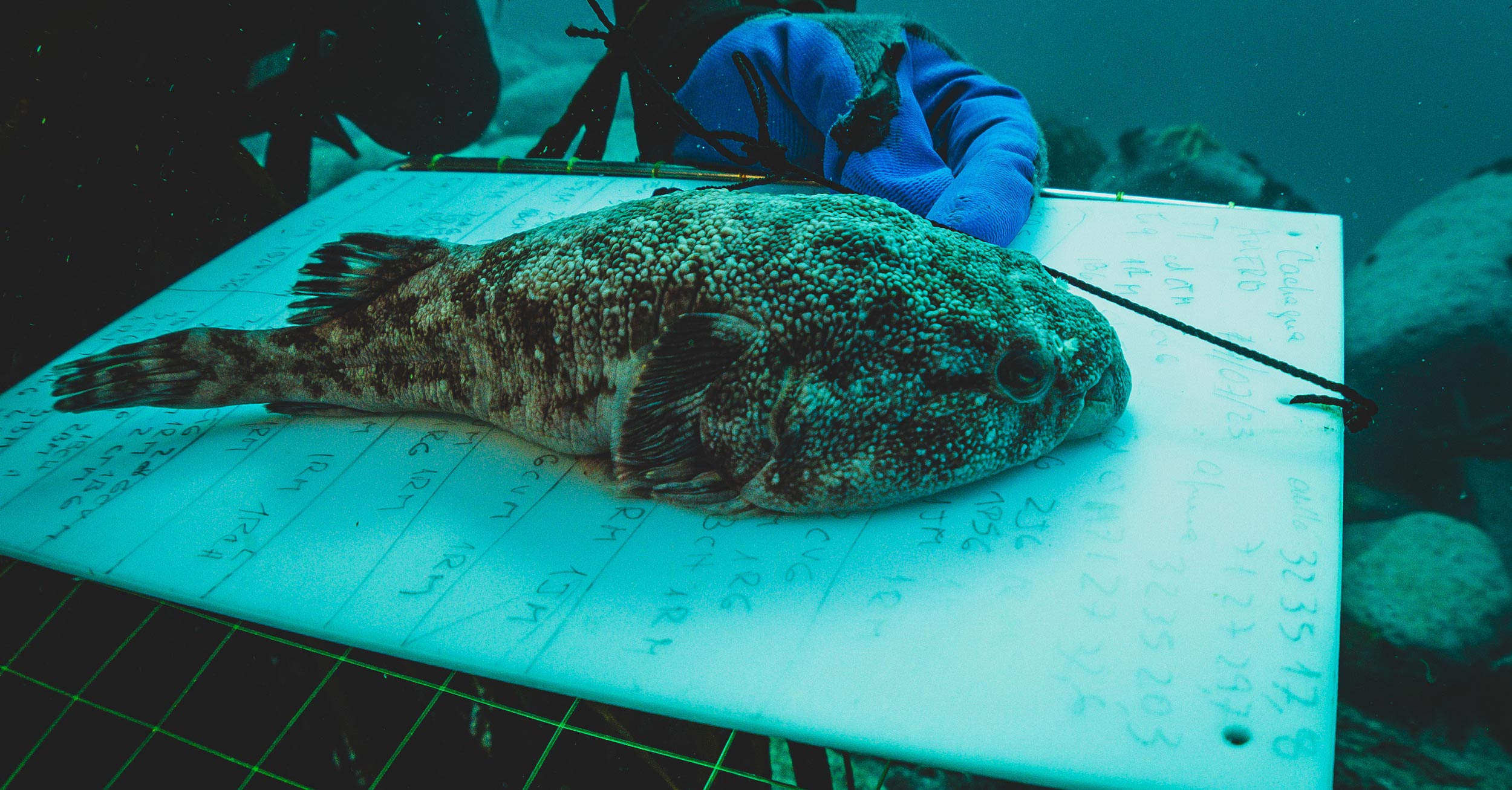Toadfish

Common names: Toadfish, Clingfishes.
Scientific name: Sicyases sanguineus.
Size: In adulthood they can reach about 30 cm in length.
Where does it live?: In the rocky subtidal and intertidal of Chile and Peru.
Favorite sites: It can be found in intertidal pools, but also outside of these, being able to attach to the rocks, resisting drying out and the incessant crash of the waves. The smaller specimens are generally found at the highest points of the intertidal zone, while the larger ones are more abundant in the subtidal environment, making it difficult to observe them out of the water.
Diet: It is an important predator, consuming around 50 species, from green, red and brown algae to chilean blue mussels, chilean abalones, limpets and sea urchins.
Curious fact: Its body has adapted to live in the intertidal environment, where the pounding of the waves is constant. An example of this is its pelvic fins, modified into a suction cup shape to adhere to rocks for more than a day. In addition, the Clingfish is an amphibious fish, that can breathe outside the sea to stay alive and avoid desiccation.
Conservation status: In Chile the species does not have an official conservation category, and globally it has not been evaluated by the International Union for Conservation of Nature (IUCN). However, the Clingfish is a fish with commercial value due to its appreciated meat. A few decades ago, their catches were recorded, but currently there are no records of landing declarations. This, added to how easily they can be captured by being attached to rocks, makes it plausible that their stocks are in decline.
Extinct
Extinct in the wild
Critically endangered
In danger
VULNERABLE
NEAR THREATENED
LEAST CONCERN
DATA DEFICIENT
NOT EVALUATED
Extinct
Extinct in the wild
Critically endangered
In danger
VULNERABLE
NEAR THREATENED
LEAST CONCERN
DATA DEFICIENT
NOT EVALUATED

